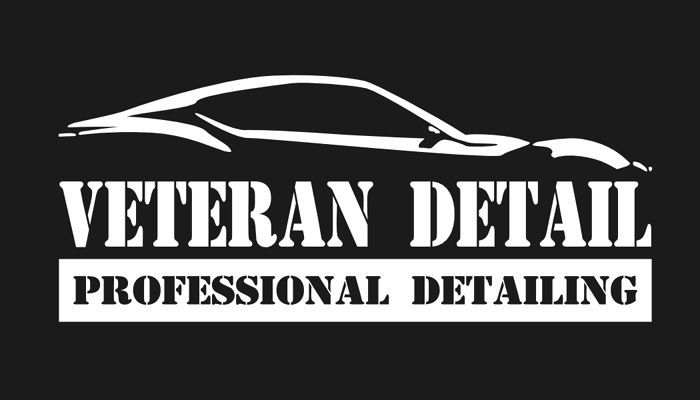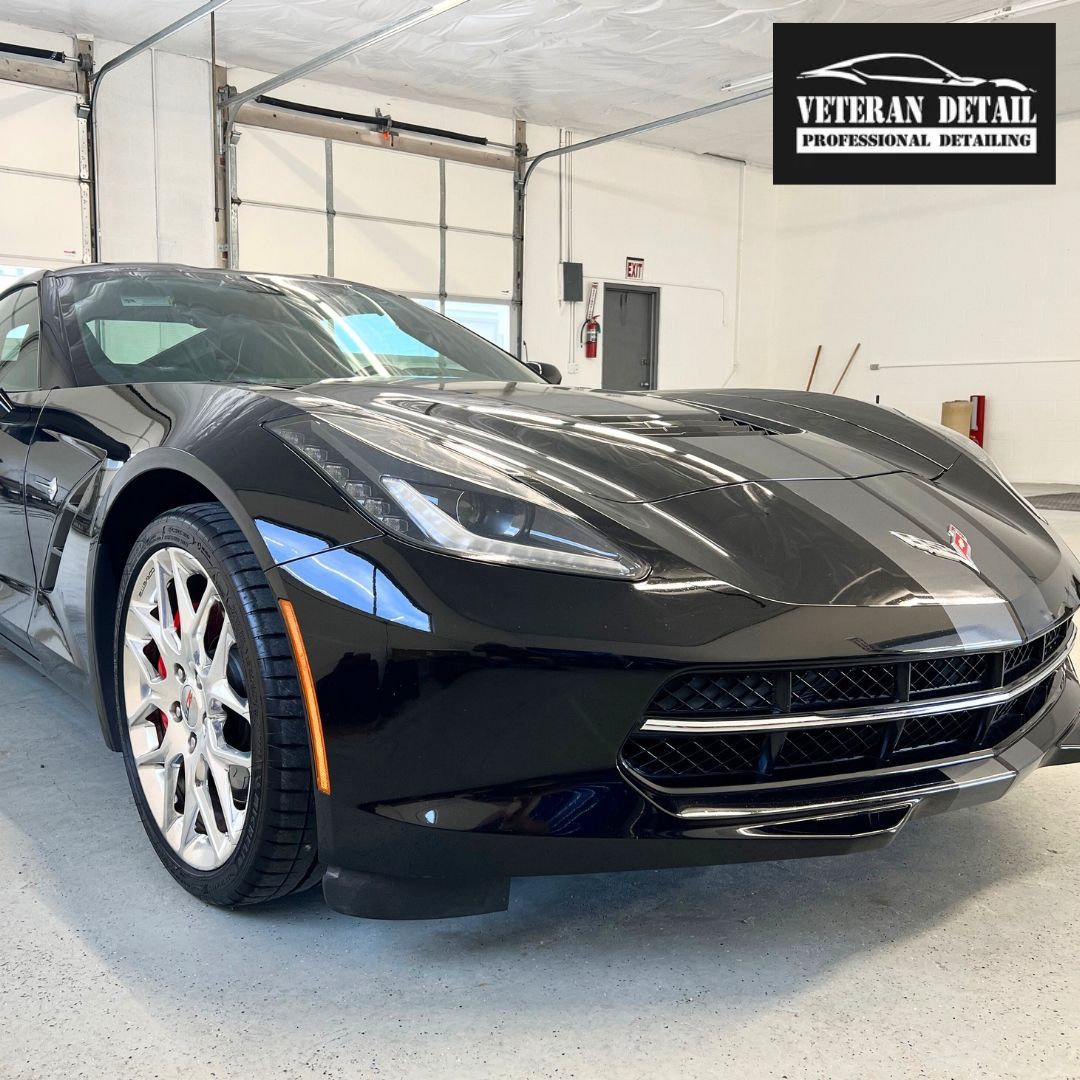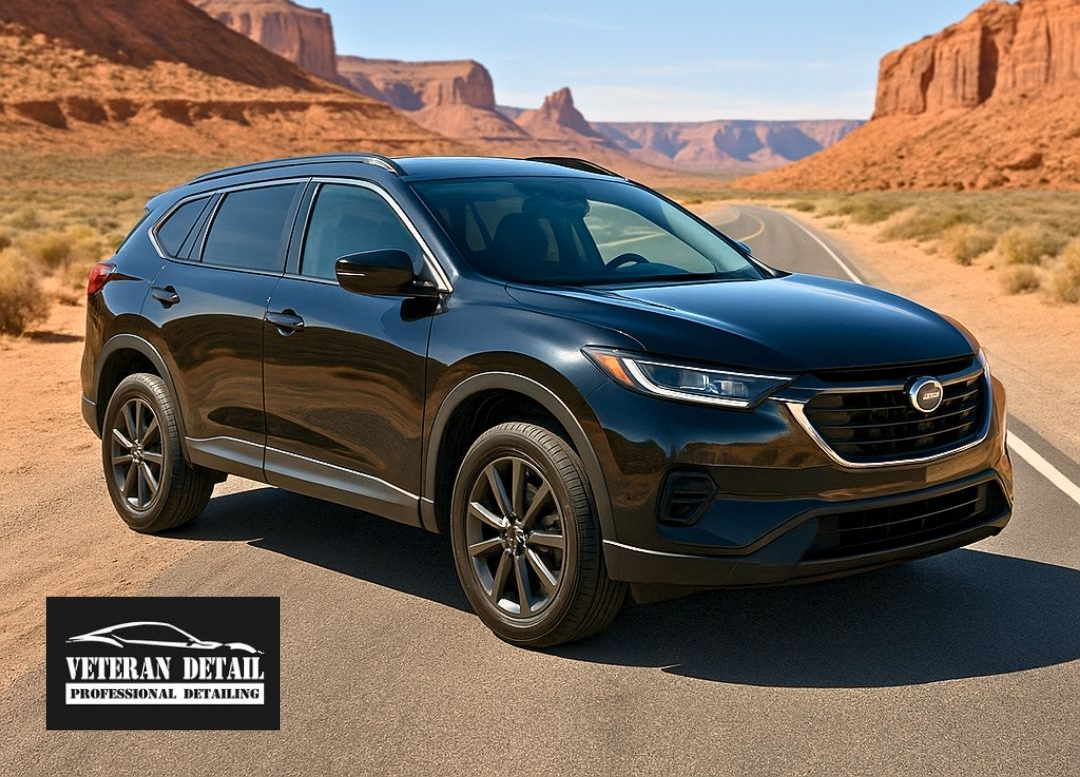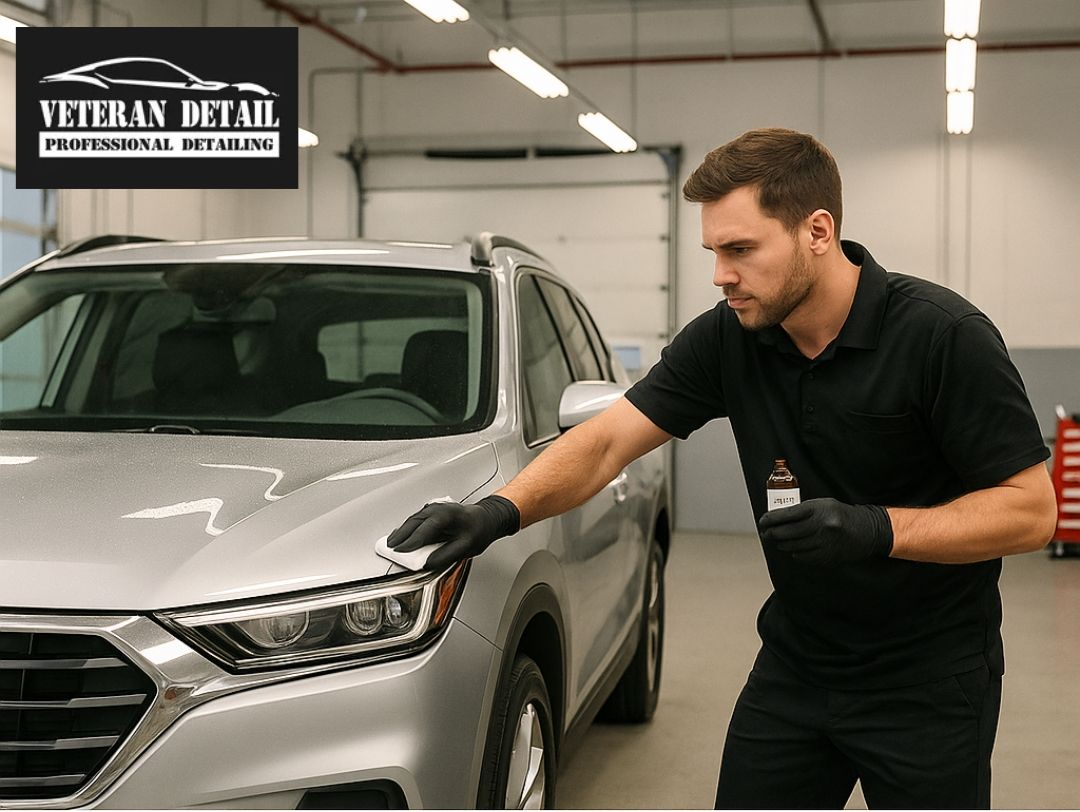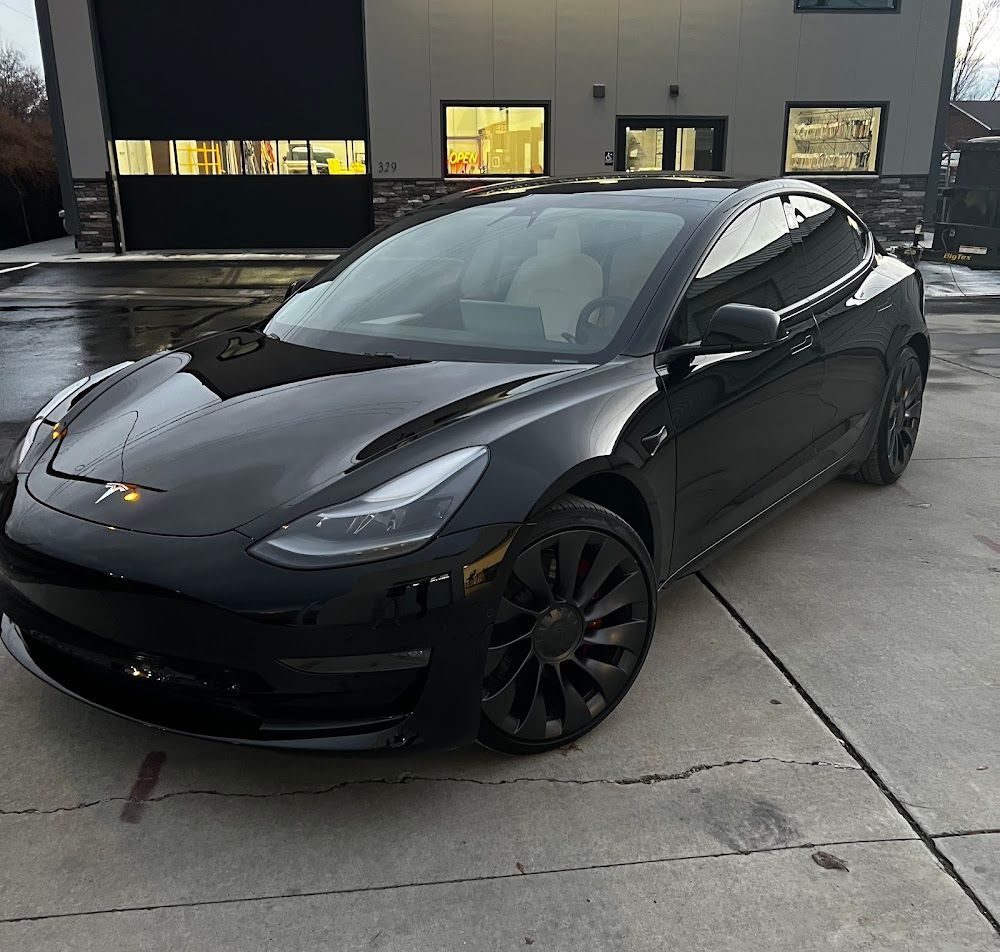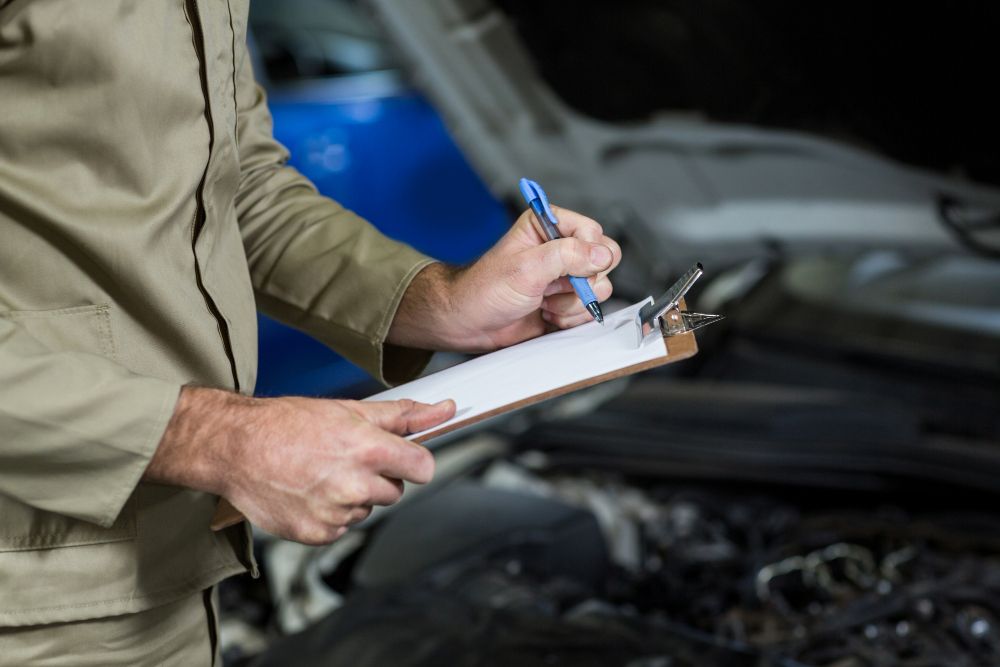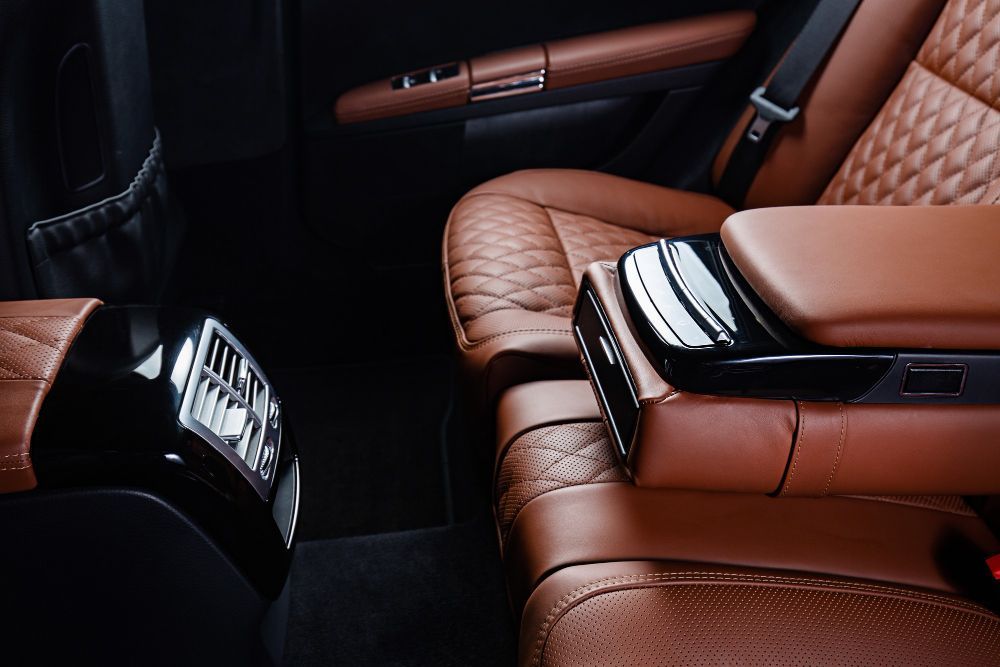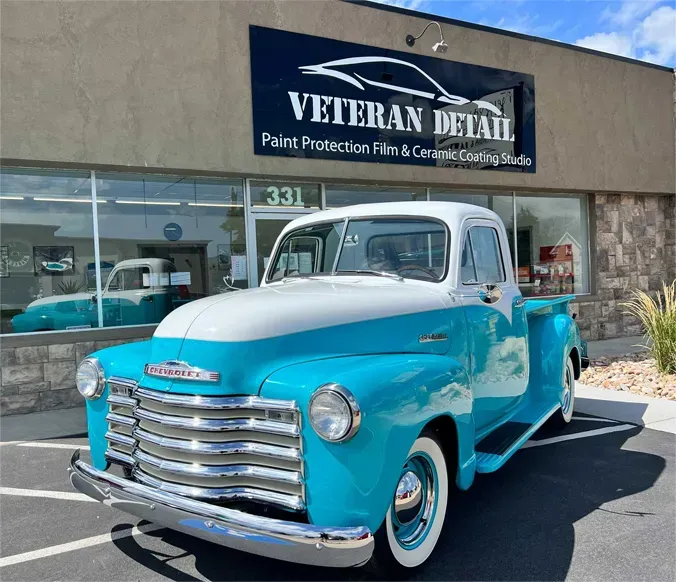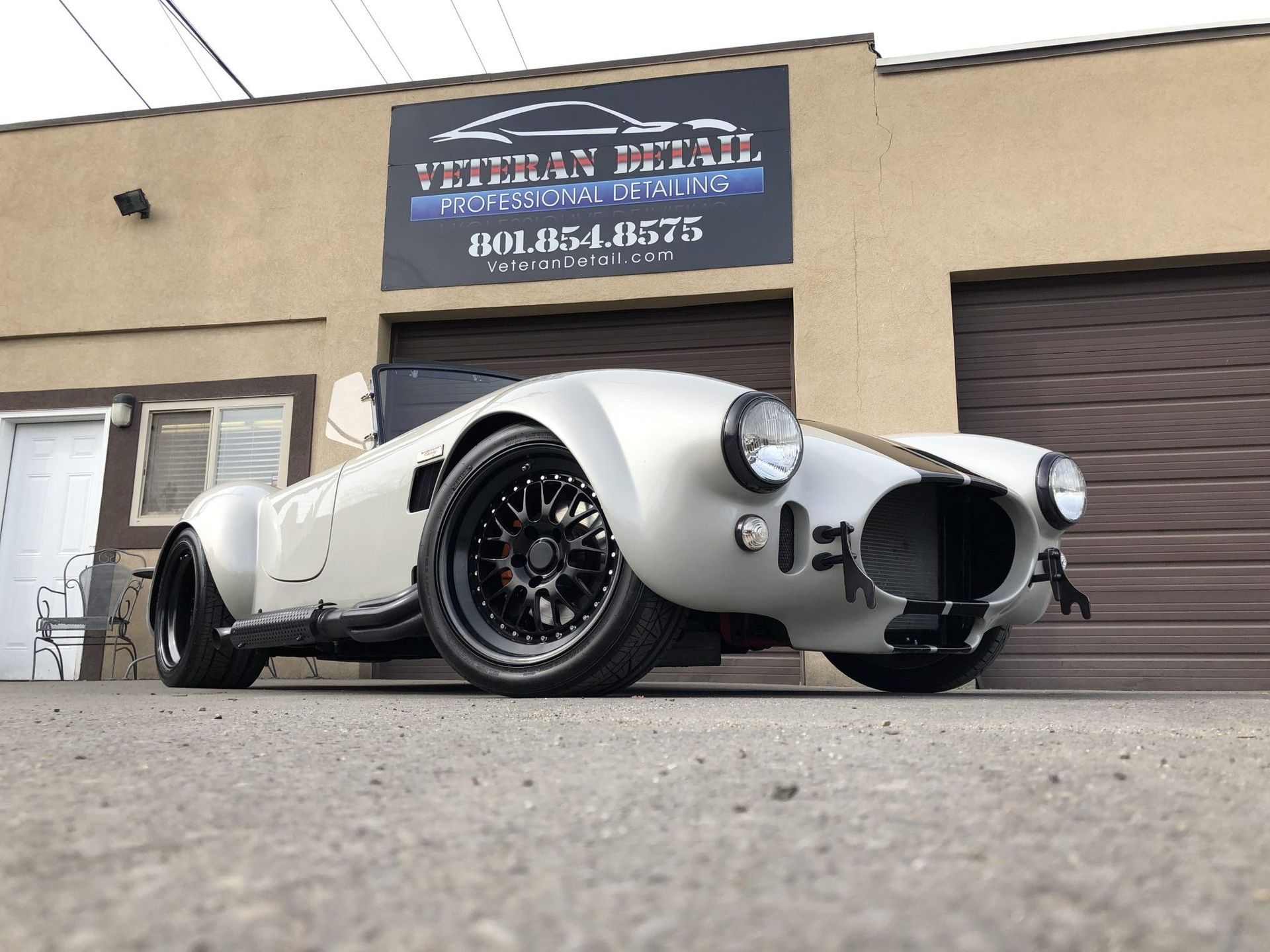The Lifespan of Different Paint Protection Options
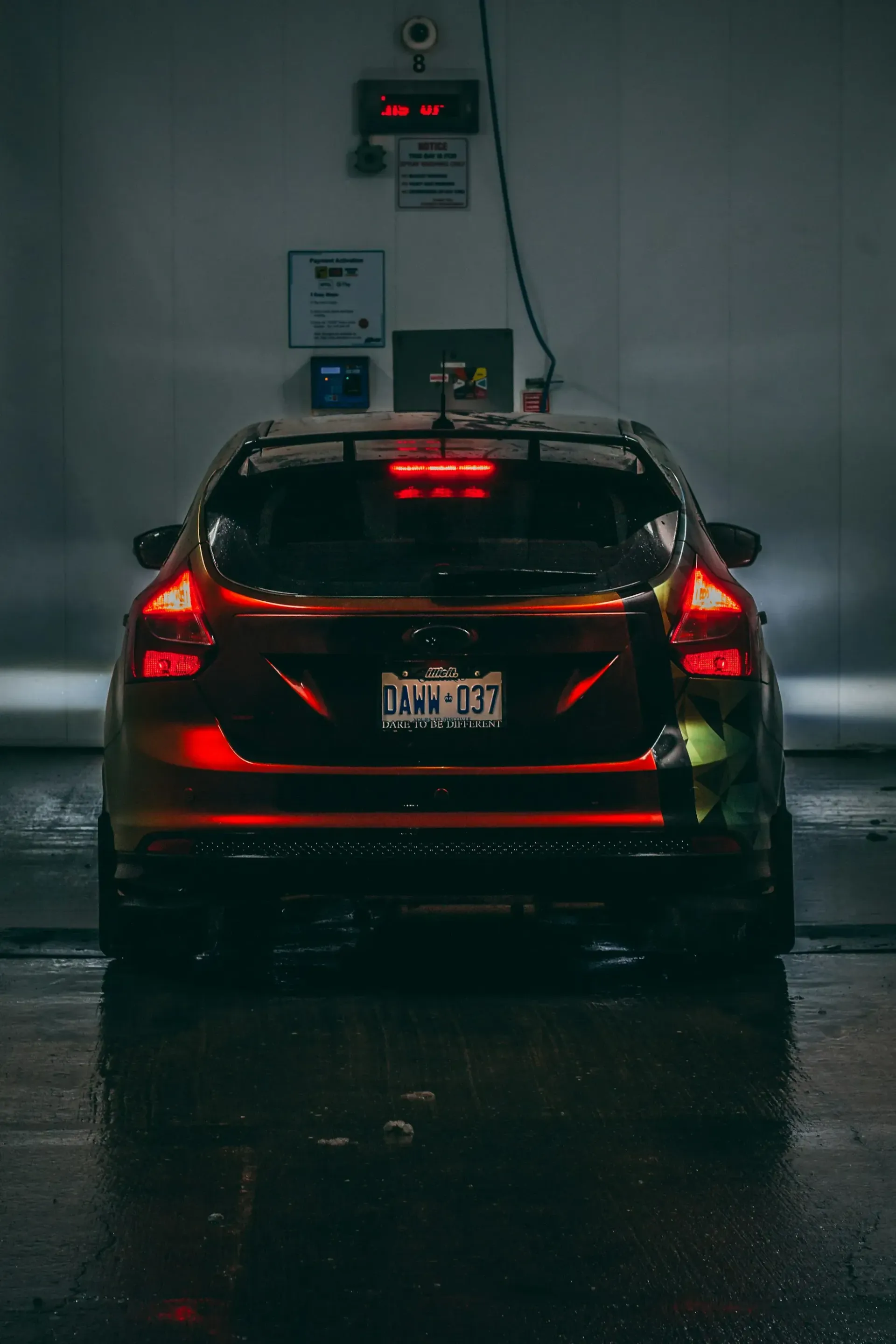
Paint protection is crucial for cars. It keeps the paint looking fresh and shiny. It also prevents damage from dirt, UV rays, and other environmental factors. But how long do different paint protection options last?
We'll dive into the common types of paint protection. We'll explain their benefits, drawbacks, and how to maintain them. Understanding the lifespan of these options helps you choose the right one for your car.
Let's get started with car wax, the simplest and most popular form of paint protection.
Car Wax
Car wax is a simple and cost-effective way to protect your car's paint. It comes in paste or liquid form and creates a protective layer on the paint's surface. It adds shine and repels water. Typically, the lifespan of car wax is one to three months, depending on the type of wax and environmental factors.
The lifespan of car wax depends on several factors. Weather conditions and how often you wash your car are major influences. If you live in an area with heavy rain or intense sun, wax might wear out faster. Also, frequent washing with harsh detergents can strip away the wax.
Despite its shorter lifespan, car wax has benefits. It's easy to apply and reapply. It's also budget-friendly. However, it offers less durability than other paint protection options. If you want a quick and affordable solution, car wax could be the right choice.
To maintain car wax, use gentle car shampoos when washing. Avoid abrasive materials. Reapply wax every one to three months to keep your car protected. Applying in the shade or cooler temperatures also helps.
Paint Sealant
Paint sealant is a longer-lasting paint protection solution than car wax. It is a synthetic product that creates a durable barrier, protecting the car's paint from environmental damage. Typically, the lifespan of paint sealant is four to six months, providing a more extended protective layer compared to car wax.
The longevity of paint sealant depends on several factors. Weather conditions, car usage, and the type of sealant used all play a role. Harsh weather, such as extreme heat or heavy rain, can reduce its lifespan. Additionally, frequent car usage and parking outdoors can wear down the sealant more quickly.
The main benefits of paint sealant include its durability and longer-lasting protection. It requires less frequent reapplication than wax, making it a low-maintenance choice. However, applying paint sealant requires careful preparation. The car's paint must be clean and free from contaminants for the sealant to bond effectively.
To maintain paint sealant, wash your car with mild soap and a soft sponge. Avoid harsh detergents and automatic car washes with stiff brushes, as these can damage the sealant. Reapply every four to six months to keep the protective layer intact.
Ceramic Coatings
Ceramic coatings offer a high-end paint protection solution. They bond with the car's paint at the molecular level, creating a hard, durable layer. The typical lifespan for ceramic coatings is one to five years, depending on the quality of the product and the application process.
Several factors affect the lifespan of ceramic coatings. The quality of the product is a significant factor. High-quality ceramic coatings generally last longer. Proper application also plays a role. If not applied correctly, the coating may not last as long. Environmental conditions and car usage can also impact longevity.
Ceramic coatings offer several benefits. They are highly durable and provide a strong protective barrier against scratches, dirt, and UV rays. They also give the car a glossy, showroom-like finish. However, ceramic coatings are more expensive and require professional application for best results.
To maintain ceramic coatings, wash your car with a pH-neutral shampoo. Avoid automatic car washes with abrasive brushes. For long-lasting protection, follow the manufacturer's recommendations on care and reapplication. Regular maintenance can keep the coating effective for up to five years.
Paint Protection Film (PPF)
Paint Protection Film (PPF) is a thick, transparent film applied to a car's paint to shield it from scratches, rock chips, and other minor damage. The lifespan of PPF is typically five to ten years, making it one of the most durable paint protection options available.
Several factors impact the lifespan of PPF. The quality of the film and the skill of the installer are crucial. High-quality films applied by professionals usually last longer. Environmental conditions, like extreme temperatures or constant exposure to road debris, can affect the film's durability.
PPF offers strong protection against physical damage. It's ideal for areas prone to rock chips or scratches, like the front bumper and hood. The film is clear and doesn't change the car's appearance. However, PPF can be costly, especially when professionally installed. It's also more challenging to remove or replace than other paint protection options.
To maintain PPF, wash your car with gentle soap and a soft sponge. Avoid pressure washing or using harsh chemicals. If the film starts to lift or discolor, consult a professional for repair or replacement. Regular maintenance and careful handling can help PPF last up to ten years.
Choosing the Right Paint Protection
Choosing the right paint protection depends on your needs and preferences. Consider factors like cost, durability, and maintenance requirements. Car wax is budget-friendly and easy to apply but lasts only one to three months. Paint sealant offers longer-lasting protection, usually four to six months, with moderate cost.
Ceramic coatings are more durable, with a lifespan of one to five years. They require professional application and cost more. Paint Protection Film (PPF) is the most durable option, lasting five to ten years. However, it is also the most expensive and requires professional installation.
Think about how you use your car. If you drive daily, consider paint sealant or ceramic coating for longer-lasting protection. If your car is a weekend ride, wax might be enough. For maximum protection, especially against scratches, PPF is the best choice.
Consider environmental factors. If you live in an area with extreme weather or heavy road debris, choose a more durable option like ceramic coating or PPF. Also, consider your budget and the level of maintenance you're willing to commit to.
Conclusion
Different paint protection options have varying lifespans. Car wax is the shortest at one to three months, followed by paint sealant at four to six months. Ceramic coatings can last one to five years, while Paint Protection Film (PPF) provides the longest protection, lasting five to ten years. Choose based on your needs, environment, and budget. Consider the durability, cost, and maintenance each option requires to make an informed decision.
Call to Action
For expert car detailing and paint protection, contact Veteran Detail. They serve Utah County, American Fork, Pleasant Grove, Orem, and Provo. They offer a range of services, including Paint Protection Film, Ceramic Coating, Classic Car Detailing, Window Tinting, and Black Ops. Get your car looking its best with Veteran Detail, your trusted partner in paint protection and detailing. Contact them today for a consultation.
Frequently Asked Questions
1. Can I use multiple paint protection options together?
Yes, you can use multiple paint protection options together. For example, you can apply paint sealant or ceramic coating and then add car wax on top for extra shine. This can enhance protection and give your car a glossy finish.
2. What is the best paint protection for older cars?
For older cars, Paint Protection Film (PPF) and ceramic coatings are recommended. PPF offers strong protection against scratches and chips, while ceramic coatings provide a durable layer that enhances the paint's appearance. These options help rejuvenate and protect older paint.
3. How often should I reapply paint protection?
The frequency of reapplication depends on the type of paint protection. Car wax typically needs reapplication every one to three months. Paint sealant should be reapplied every four to six months. Ceramic coatings can last one to five years, and Paint Protection Film can last five to ten years without reapplication.
4. Does paint protection affect car resale value?
Yes, paint protection can positively affect car resale value. A well-protected car maintains its paint quality and appearance, which can increase its resale value. Buyers often prefer cars with less visible wear and tear.
5. What is the cost of professional paint protection application?
The cost of professional paint protection varies based on the type of protection and the car's size. Car wax is the least expensive, while Paint Protection Film and ceramic coatings can be more costly due to professional application requirements. Contacting a local detailing service like Veteran Detail can provide accurate cost estimates for each option.
